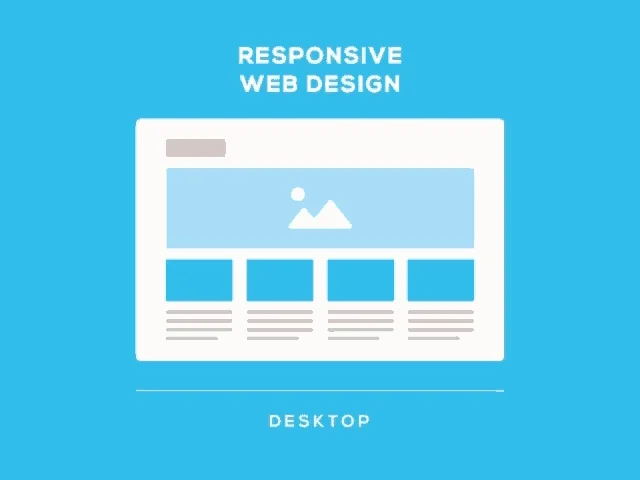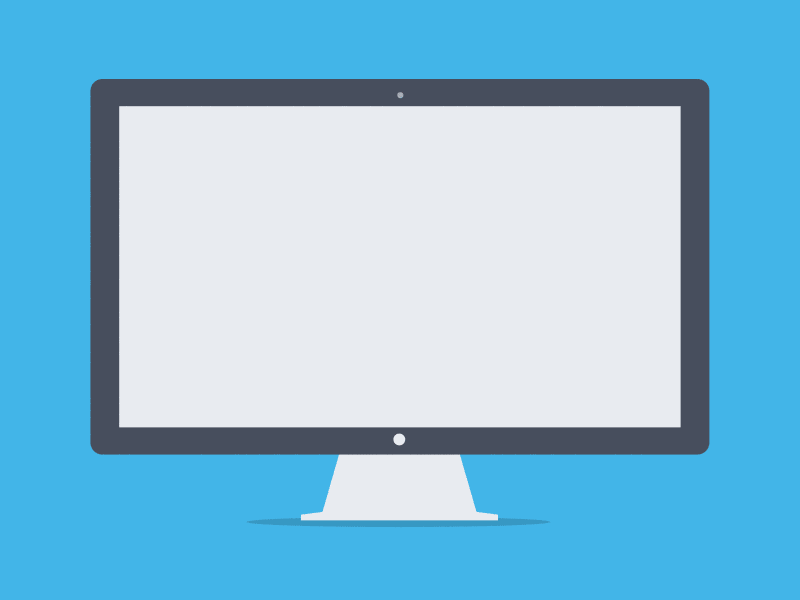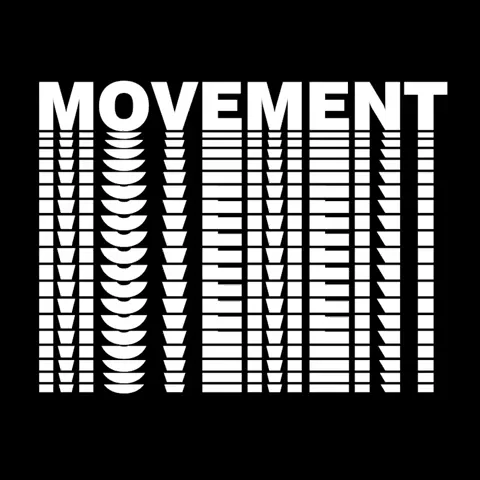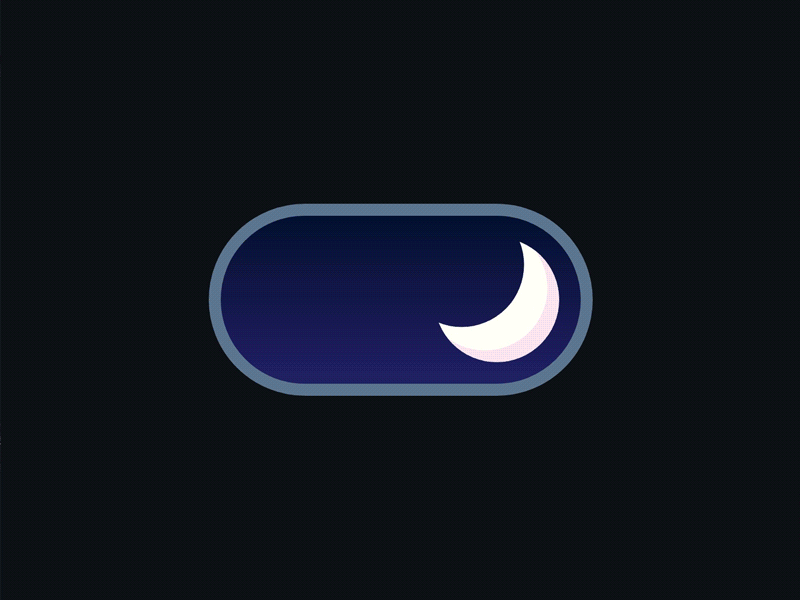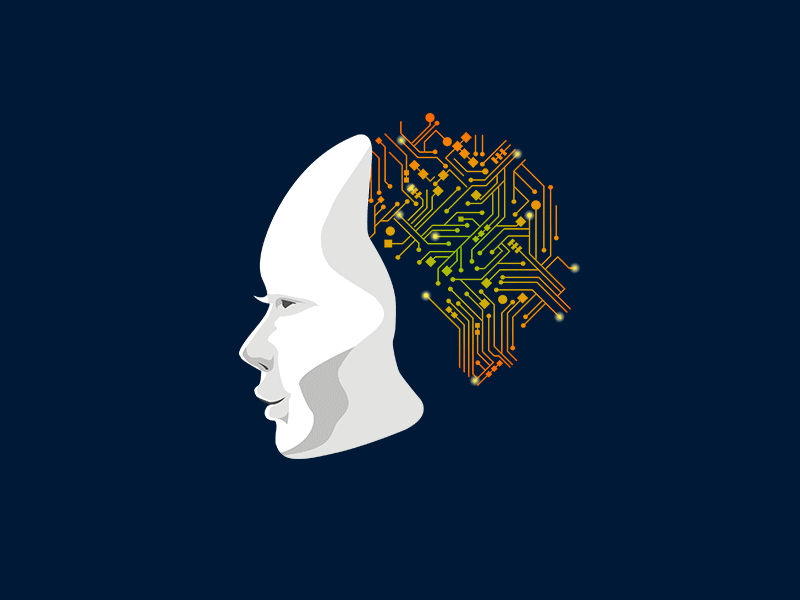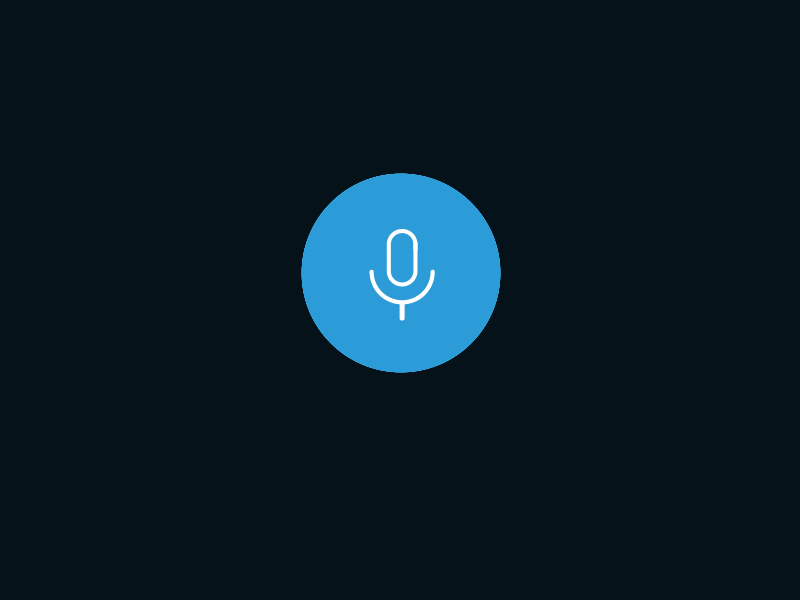Top Web Design Trends for 2024
Feeling a bit adrift in the whirlwind that is web design? It’s no secret, keeping abreast of the latest trends can be somewhat akin to predicting British weather – near impossible.
We’ve found ourselves in similar binds, puzzling over how to make a website truly pop in 2024. Our deep dive into research uncovered that custom illustrations and dynamic scrolling are the toast of the town this year.
This post is your beacon through the foggy waters of 2024’s top web design trends. From the sleek appeal of minimalist designs to the allure of dark mode and beyond, we’re here to illuminate your path towards crafting engaging websites.
With a bit of guidance from us, you’ll grasp how these trends not only shape user experience but transform your site into an enthralling journey for every visitor. Brace yourself; inspiration is about to strike!
Evolution of Web Design
Web design has changed a lot over the years. We have seen many trends from simple text pages to interactive sites filled with graphics and animations.
History of web design
The history of web design began in the late 1980s. Tim Berners-Lee created the first website in 1991. It was simple and text-based. As technology grew, we saw a shift towards more complex designs.
In the early 2000s, colourful layouts and images became popular. Flash animations dazzled users but were later replaced by HTML5.
Over time, responsive design emerged to fit different devices. Mobile optimisation became crucial as smartphones gained popularity. By 2024, we now see bold colours and vibrant gradients setting trends in website design.
Custom illustrations and unique typography are everywhere today. These changes show how much web development has evolved through creativity and technology.
Design is not just what it looks like; it’s how it works.
Next, we will explore the key elements of web design that shape user experience today.
Changes in web design trends from 1988 to 2024
Web design has changed a lot since 1988. We can see how trends have shifted in many ways.
- In 1988, websites were simple and text-heavy. They focused on basic information with few images. Today’s sites are visually rich and interactive.
- The design style changed from static pages to dynamic content. Users now expect movement, like scrolling effects and animations.
- Early websites had standard layouts with fixed designs. Modern designs embrace asymmetry and vibrant colours, creating more engaging user experiences.
- The use of graphics has evolved significantly over the years. In 2024, we see bold graphics, custom illustrations, and AI-generated designs that add unique touches to sites.
- Navigating earlier websites was often confusing. Now, experimental navigation aids users with clear paths and intuitive interfaces for better user experience design.
- Graphic design trends are also changing rapidly. We see a rise in kinetic typography and vibrant gradients that capture users’ attention more effectively than past styles.
- Technology plays a huge role in web design today compared to 1988. Advanced tools allow for personalisation and immersive multimedia elements that were not possible before.
- Voice user interface (VUI) is gaining popularity now but was unheard of in the early days of the web. This makes browsing easier for everyone, enhancing accessibility.
- Alongside these changes, sustainability is becoming crucial in web design choices in 2024 as we focus on digital sustainability practices.
- Looking back shows us how far we’ve come in website development strategies since 1988 to 2024’s latest trends like dark mode designs and interactive elements that engage users naturally.
Impact of technology on web design
Technology has changed web design a lot. With each new tool, we find better ways to create. For example, AI plays a big role in how we design today. It helps us make custom illustrations and animated cursors faster than before.
We can also use bold colours and dynamic scrolling effects easily.
The rise of advanced technologies gives us fresh ideas for our designs. Kinetic typography and immersive multimedia elements bring websites to life. We see UX-focused designs gaining popularity too.
Users want memorable experiences that feel personal and unique. Overall, technology drives us to create more engaging website designs for 2024 and beyond.
Key Elements of Web Design
To build a strong website, we need to focus on both visual and functional parts. Visual elements grab attention, while functional features ensure users can interact with the site easily.
Visual elements
Visual elements play a key role in web design. They attract attention and create a strong first impression. Bold colours are trending for 2024. We see vibrant gradients that bring life to websites.
Asymmetrical layouts add interest and uniqueness, breaking away from traditional designs.
Custom illustrations are popular this year as well. These unique graphics help brands stand out online. Animated cursors also enhance user interaction with sites, making the experience more engaging.
Kinetic typography, which moves or changes during scrolling, captures users’ focus effectively.
Denser graphics and multimedia elements enrich websites visually. These features aim to create immersive experiences that keep visitors engaged longer. The blend of images with graphical elements is on the rise too, showing depth and creativity in digital design spaces for 2024.
Functional elements
Next, we explore functional elements. These are the parts of a website that help users achieve their goals. We focus on making it easy for visitors to find what they need and complete tasks quickly.
Our websites must be user-friendly and efficient.
Key trends in functional web design for 2024 include interactive design, AI-generated content, and scroll effects. These features create an engaging experience. They allow users to interact with the site more effectively.
For example, experimental navigation makes exploring a website fun and simple.
We also pay attention to accessibility in web design. Enhanced accessibility ensures everyone can use our sites easily, regardless of their abilities. Using bold colours and dynamic typography helps grab attention while keeping things clear and easy to read.
Overall, prioritising functionality means creating websites that not only look good but also work well for every visitor.
Latest Web Design Trends
Latest Web Design Trends can shape how we create websites. We see strong styles that attract attention and improve user experience.
Minimalism
Minimalism is a top web design trend for 2024. It focuses on simplicity and clarity. We can see clean lines, ample white space, and limited colour palettes in minimalist designs. This approach helps users find what they need quickly.
Using bold colours alongside minimal elements creates striking visuals. Custom illustrations add personality without cluttering the page. Websites prioritise immersive user experiences through this method.
Minimalism works well with dynamic scrolling effects too. This keeps visitors engaged while navigating our sites smoothly.
Next, we will explore dark mode in web design trends for 2024.
Dark mode
Dark mode is one of the top web design trends for 2024. This style uses dark backgrounds with light text. Many users find it easier on their eyes, especially in low-light settings.
It also adds a modern touch to websites. We see dark mode on apps and websites everywhere now.
The trend helps create a focused user experience. Dark mode enhances visual elements like photos and graphics. Bright colours stand out well against dark tones, making content pop.
With this shift, we can expect even more seamless integration in mobile designs too.
We notice that many sites offer choices between light and dark modes now. This feature allows personalisation according to user preference, another key trend for 2024. Overall, as we explore new website design ideas, dark mode remains popular due to its sleek look and comfort in use.
3D graphics
3D graphics are a big part of web design trends for 2024. We see them transforming how websites look and feel. These graphics add depth and realism to our designs. They help create engaging visuals that draw users in.
Using 3D elements makes websites more interactive. Users can explore different angles of products or scenes right on the page. This interaction leads to better user experiences, which we all want.
Brands can showcase their products in a way that was not possible before.
Custom illustrations also play well with 3D graphics. Blending photos with these animated elements creates unique designs too. This mix is crucial for standing out online today. Together, they make our website design fresh and exciting, capturing attention easily while enhancing visual appeal.
Custom illustrations
3D graphics lead us to custom illustrations. Custom illustrations bring a unique touch to web design. They help websites stand out from the crowd. We see more brands using these designs in 2024.
Custom art adds personality and charm.
Using animated cursors or blending photos with graphic elements makes our sites lively and fun. These trends allow for creativity and playfulness in our visual design. They give users an engaging experience that feels fresh and exciting.
With this approach, we create deeper connections with our visitors through tailored content that speaks directly to them.
Dynamic scrolling
Custom illustrations lead us smoothly into the next trend: dynamic scrolling. This technique creates a lively experience on websites. It involves moving images and content as we scroll down the page.
We see this used in many modern sites to capture attention and engage users.
Dynamic scrolling brings more depth to web design. It offers interactive moments that make browsing enjoyable. This trend focuses on immersive experiences, making information flow naturally.
Users enjoy richer graphics and animated effects that hold their interest longer. In 2024, this approach will be key for keeping visitors actively engaged with website designs.
Future Possibilities and Predictions for Web Design
In the future, we might see more use of Artificial Intelligence in web design. Personalisation could change how users interact with websites.
Use of Artificial Intelligence
We see the use of Artificial Intelligence (AI) changing web design in exciting ways. AI helps create unique designs quickly and efficiently. Designers can now produce richer graphics using AI-generated content.
This technology allows us to personalise user experiences like never before.
Advanced tools bring bold features to websites. Users enjoy interactive elements that respond intelligently. AI also improves navigation, helping visitors find what they need faster.
With personalised options, each visitor receives a tailored experience.
Expect AI to play an even bigger role in future web design trends. We will likely see more user-focused designs using machine learning for better interactions. As new technologies emerge, our approach to creating engaging websites becomes more innovative and creative.
Personalisation
Personalisation is a key trend in web design for 2024. We notice that websites now create unique experiences for each user. This approach makes visitors feel special and valued. Advanced technology like AI helps us achieve this goal easily.
We can tailor content to match users’ interests and preferences. Personalised recommendations keep users engaged longer on our sites. Interactive features respond to their actions, making the experience more lively and enjoyable.
These changes promote an immersive journey that connects deeply with users.
Next, we will explore the exciting use of Artificial Intelligence in web design.
Voice user interface
Personalisation connects well with voice user interface (VUI). VUI allows users to interact with websites using their voices. This trend is growing fast in 2024. We can see that more people want easy and quick ways to access information.
Using voice commands can make the experience smoother and more engaging. Imagine asking a website for help while browsing! AI-generated content helps improve these interactions. We also notice that VUI fits well with UX-focused design, making it easier for everyone to navigate online spaces.
Our search for effective interaction design leads us to embrace this innovative tool in web design.
Enhanced accessibility
Enhanced accessibility is vital for web design in 2024. We focus on making websites easy to use for everyone, including people with disabilities. This trend uses technology to help all users connect with content.
AI-generated designs can create custom experiences that cater to individual needs. They allow us to build sites that adapt based on user preferences. As a result, we provide more personal and rich experiences online.
Using clear layouts and proper contrast helps users navigate our websites easily. Bold colours and vibrant gradients also catch the eye without overwhelming visitors. These elements work together to create a welcoming space for all users, regardless of their abilities or challenges they face.
Now let’s move on to the latest web design trends shaping 2024.
Virtual and Augmented Reality
Virtual and Augmented Reality (VR and AR) are changing web design. We can create immersive experiences that grab attention. These technologies allow users to interact with websites in new ways.
For example, we can use VR to give a tour of a product or place right on the screen.
AR adds another layer by blending digital images with the real world. Users can see how furniture looks in their room before buying it. This helps customers make better choices and feel more connected to what they see online.
In 2024, these features will become common in website design trends.
The emphasis on personalised experiences makes VR and AR important tools for us. They help users engage deeply with our content. AI-generated content works well together with these technologies, making webpages not only attractive but also fun to explore.
Conclusion
We explored the top web design trends for 2024. Custom illustrations and bold colours stand out this year. We can use AI to create unique designs and enhance user experience. These strategies help us build engaging websites that attract users.
Let’s embrace these trends and create something amazing together!
FAQs
1. What does AI-generated content mean in the context of web design trends for 2024?
AI-generated content refers to website elements created by artificial intelligence, which is predicted to be a major trend in web design by 2024.
2. How will illustration play a role in the top web design trends for 2024?
Illustration in web design is expected to become more prevalent and sophisticated by 2024, enhancing visual appeal and user engagement on websites.
3. Can AI create illustrations for my website as part of the anticipated trends?
Yes, it’s forecasted that by 2024, AI will have advanced enough to generate unique and creative illustrations for your website.
4. Are these two trends – AI generated content and illustration – likely to dominate all others in 2024?
While both are significant, they’re just part of the bigger picture. The top web design trends for 2024 are likely to include other aspects too based on technological advancements and evolving user preferences.
